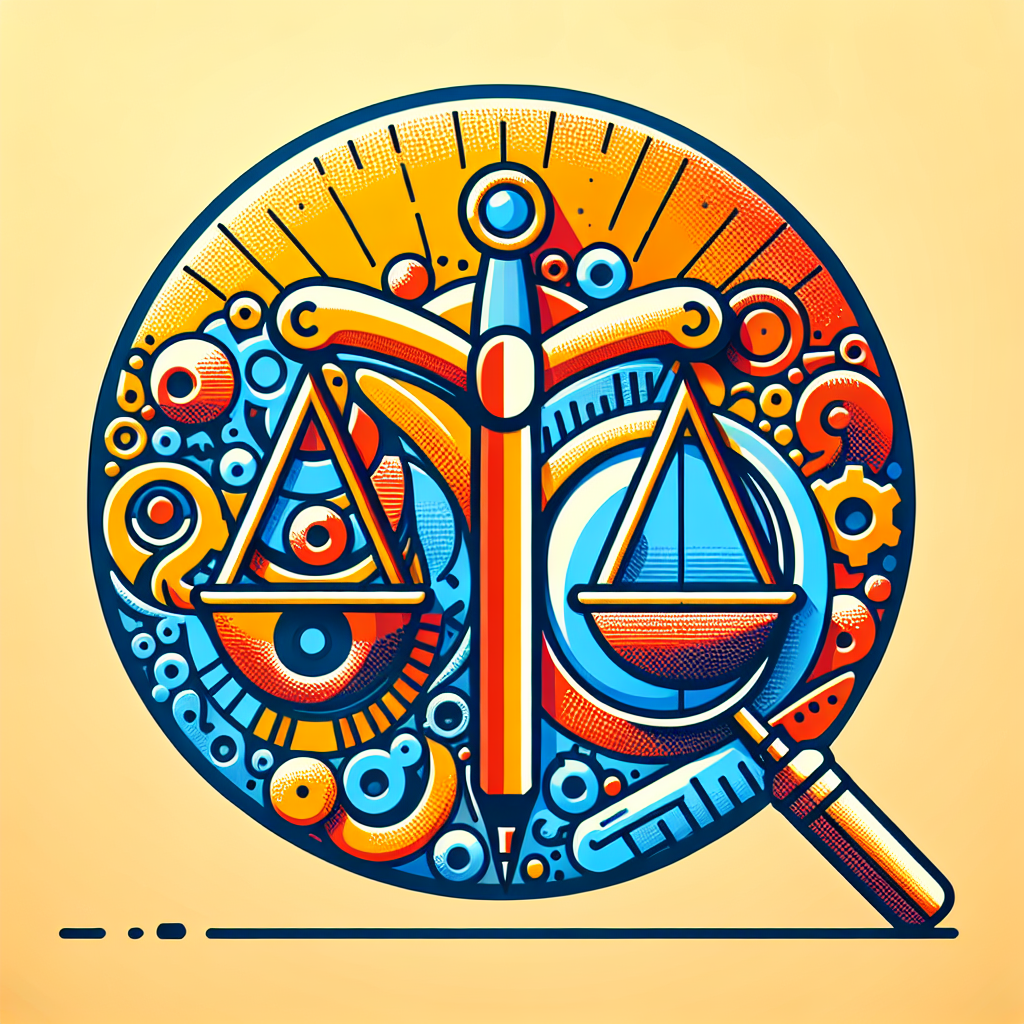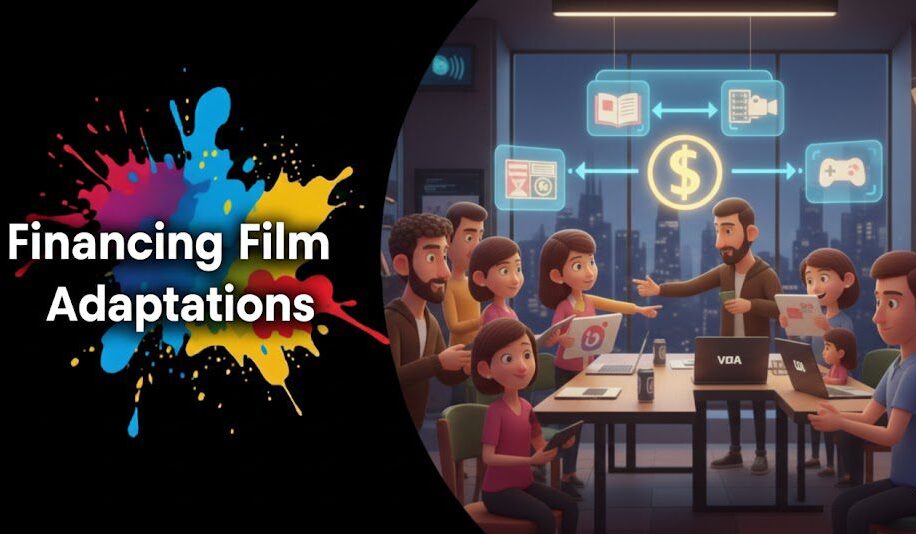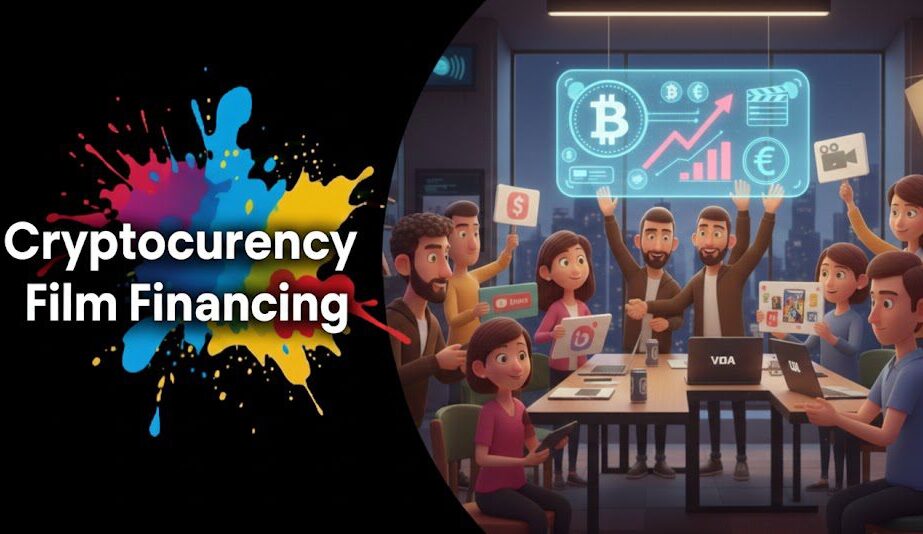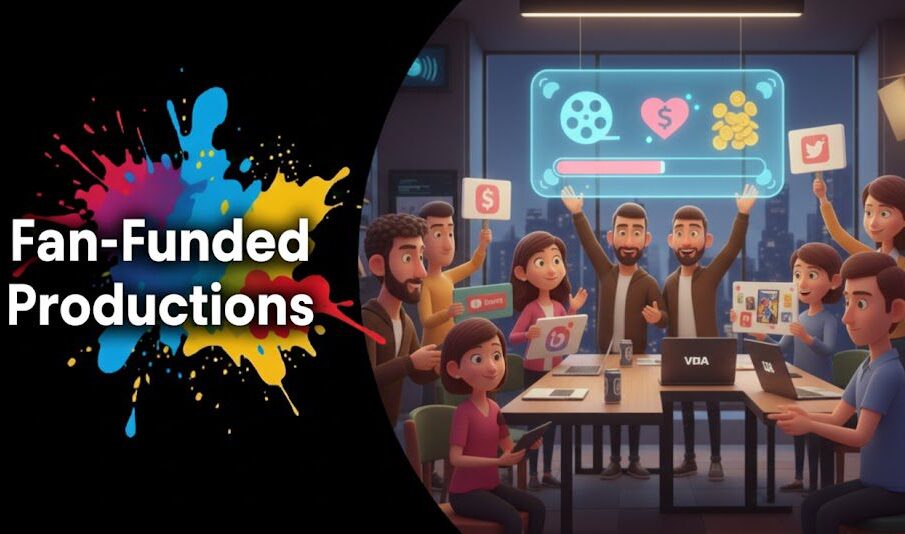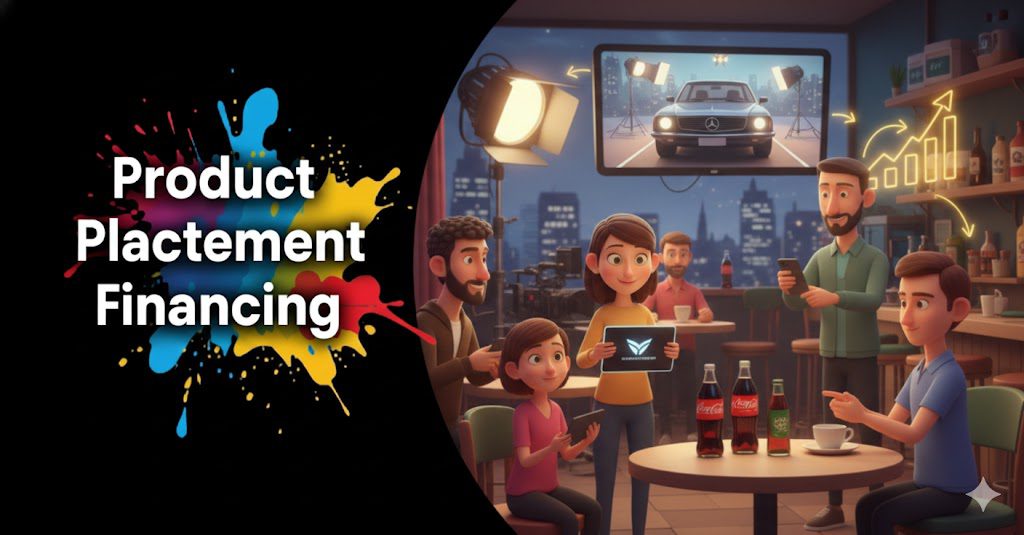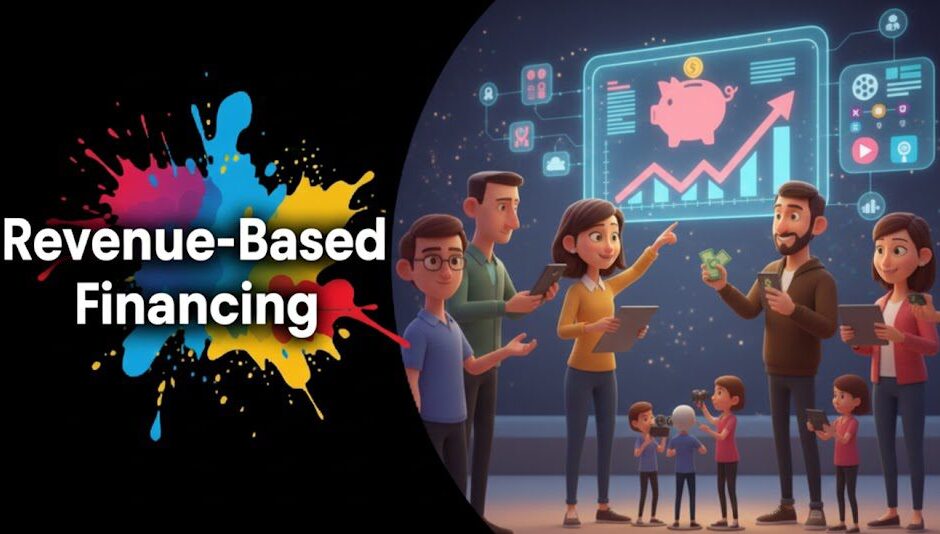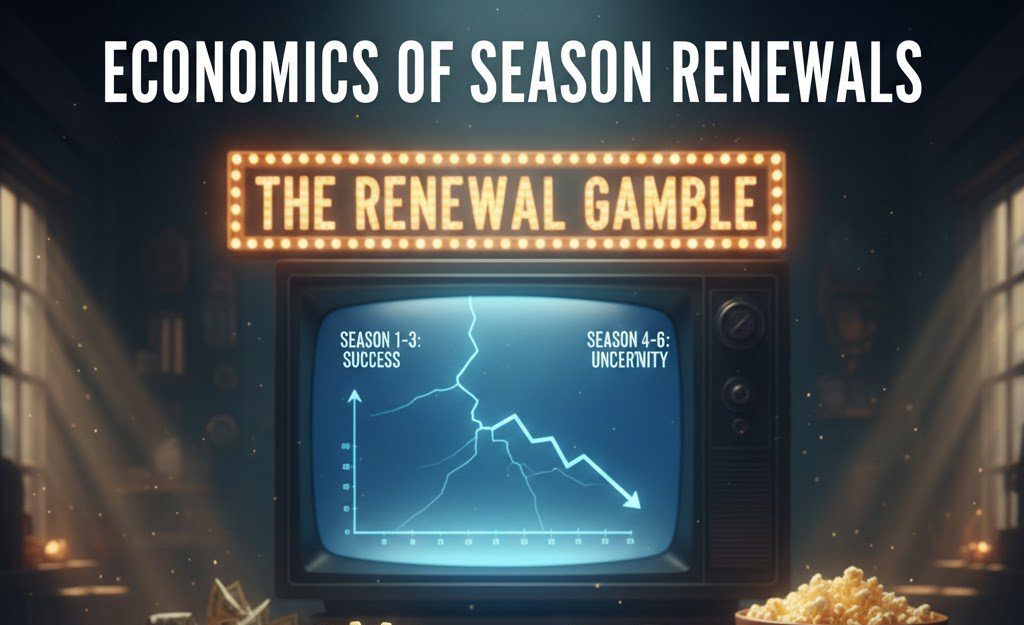Do you ever wonder about the ins and outs of content rights in the entertainment industry? As a creator, understanding content rights is crucial for protecting your work and ensuring that you are properly compensated for your creations. In this comprehensive guide, we will delve into the world of content rights and explore what every creator should know. Whether you are a Content Acquisition Executive, Production House Executive, Localization Head, or any other professional in the entertainment industry, this article is for you.
Need early visibility into new content?

Content rights refer to the legal ownership and control of creative works, including films, television shows, music, books, and more. These rights determine how a piece of content can be used, distributed, and monetized. As a creator, it is essential to have a solid understanding of content rights to protect your intellectual property and maximize your earning potential.
One of the key concepts in content rights is the distinction between intellectual property rights and distribution rights. Intellectual property rights refer to the ownership of the content itself, including copyrights, trademarks, and patents. Distribution rights, on the other hand, govern how the content can be distributed and monetized, such as through streaming platforms, broadcast networks, or physical media.
For example, let’s say you are a filmmaker who has just completed a new documentary. In this scenario, you would hold the intellectual property rights to the film, meaning that you have the exclusive right to reproduce, distribute, and display the work. However, you may choose to license the distribution rights to a streaming platform or film distributor in exchange for a fee or royalty payments.
Understanding content rights is especially important in the digital age, where content can be easily shared and distributed across multiple platforms. Creators must be vigilant in protecting their work from unauthorized use or exploitation. This may involve registering copyrights, negotiating licensing agreements, or taking legal action against infringers.
Struggling to find the right content?

Key takeaways:
1. Content rights refer to the legal ownership and control of creative works.
2. Creators must understand the difference between intellectual property rights and distribution rights.
3. Protecting content rights is essential for maximizing earning potential and preventing unauthorized use.
4. In the digital age, creators must be proactive in safeguarding their work from infringement.
FAQs:
Q1: What are the different types of content rights?
A: Content rights can include copyrights, trademarks, patents, distribution rights, performance rights, and more.
Q2: How can creators protect their content rights?
A: Creators can protect their content rights by registering copyrights, negotiating licensing agreements, and enforcing their rights through legal action if necessary.


